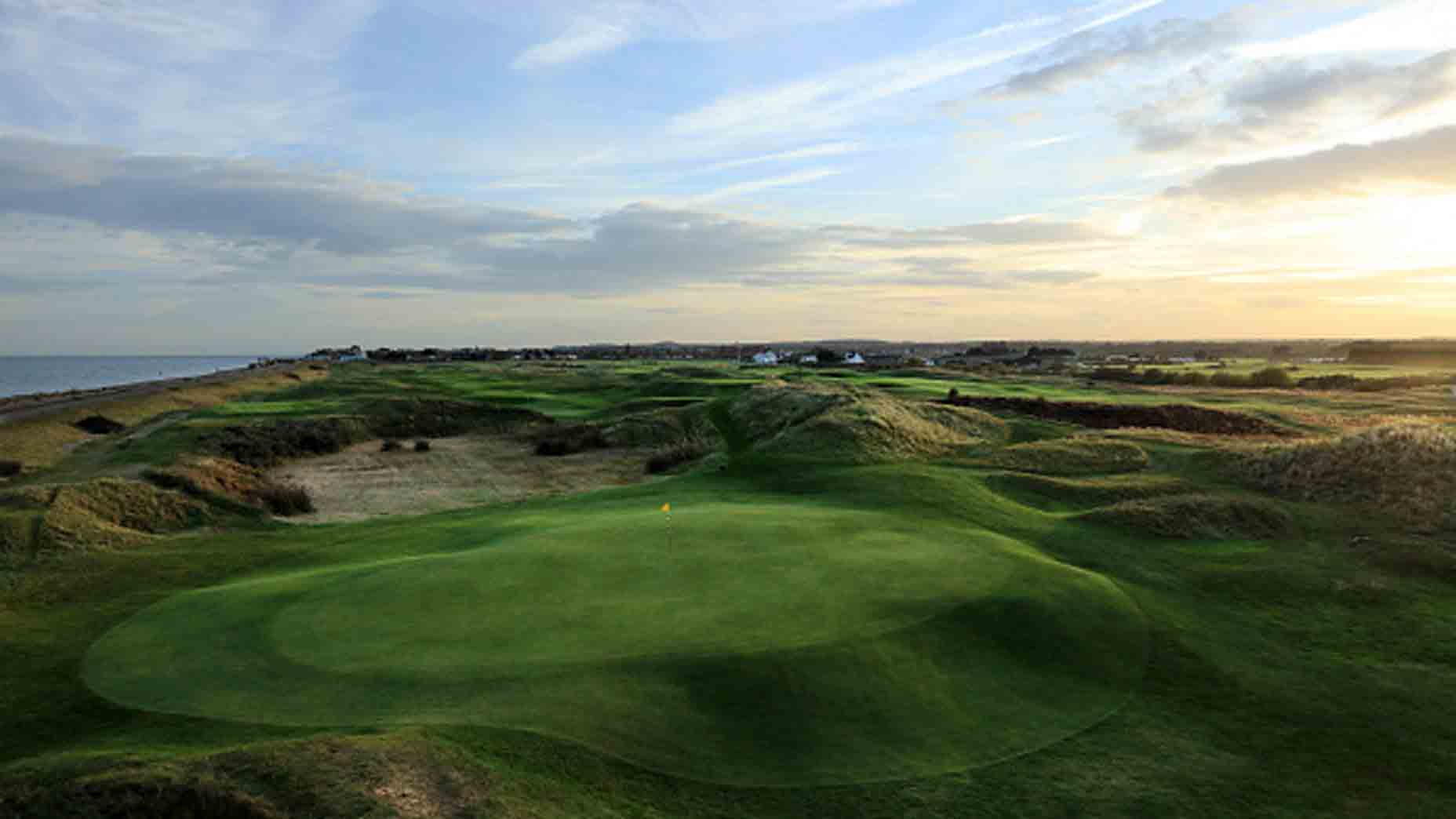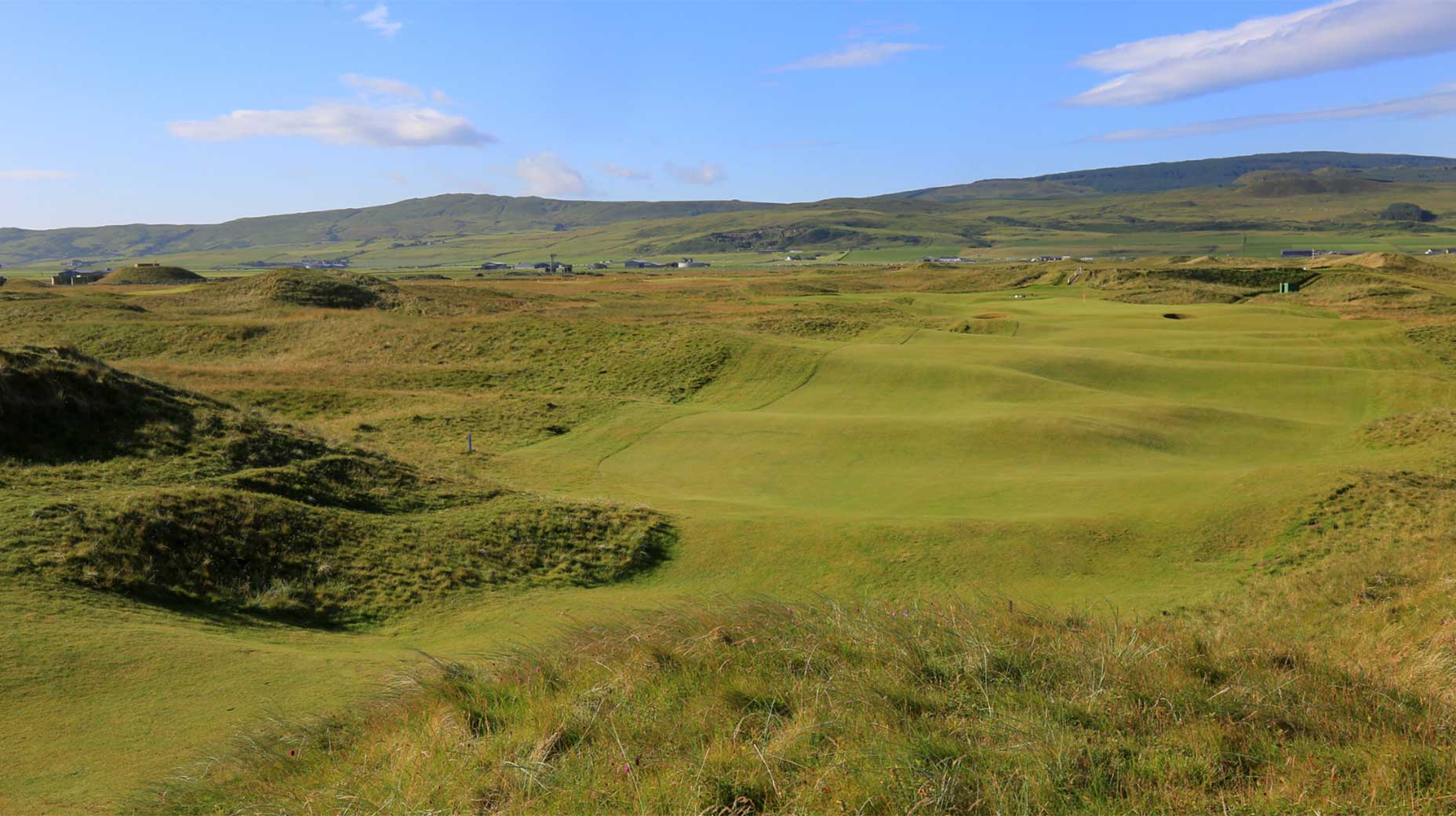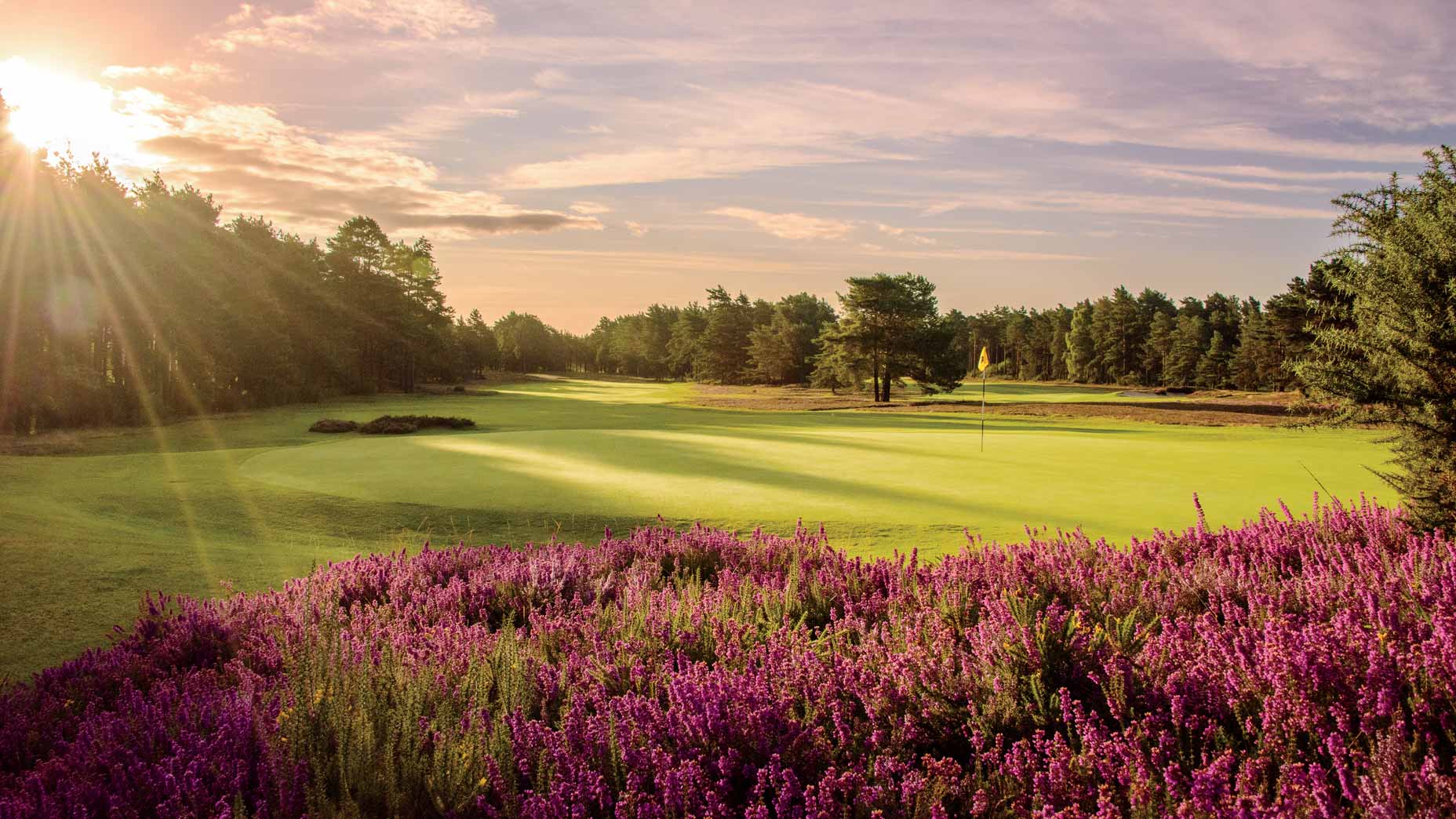Meet the 8 newcomers on GOLF’s Top 100 Courses in the World list

The Lido in Wisconsin.
Brandon Carter/Sand Valley
Some still have that fresh, out-of-the-oven smell. The Lido and Point Hardy Golf Club opened this year; Te Arai (South) in 2022.
Others have aged gracefully. Machrihanish and Royal Cinque Ports both have been around for north of a century.
All are newcomers.
As GOLF introduces its Top 100 Courses in the World for 2023-24 list, it welcomes eight newcomers from the previous edition. They are the Lido, Point Hardy Golf Club, Te Arai (South), Lofoten, Shanqin Bay, Victoria, Machrihanish (Championship) and Royal Cinque Ports.
Here, you can read more about all of them, with descriptions from GOLF architecture editor Ran Morrissett. The numbers ahead of the courses are their ranking in the Top 100, and the numbers in parentheses indicate the year of the course’s birth.
68. The Lido (2023) (pictured above)
Rome, Wisconsin
The Lido, on Long Island’s South Shore, opened for play in 1917, the work of C.B. Macdonald and Seth Raynor. The course met an unkind fate in the 1940s, but not until luminaries like Bernard Darwin had lavished praise on it; Darwin said he thought Lido was the best course in the world and was “a battlefield for giants.” Well! Some eight decades later, Michael and Chris Keiser decided to recreate the course adjacent to their Sand Valley Resort. Key to the equation was Peter Flory, who open-sourced hundreds of vintage photos of the original Lido and fed them into a software program that modeled the new Lido as accurately as possible. The Keisers then hired Tom Doak and Brian Schneider (who spent more than 230 days on-site) to build the course. This process included the use of GPS bulldozers, though discretion by Doak and Schneider was certainly required in getting the green contours just right. The scale of the course, the depth of its hazards and the size of the greens, which average over 12,000 square feet, is dazzling. Almost all of the great template holes are represented, from the alps 10th to the redan 16th, making this course a strategic marvel. Panelist Clyde Johnson calls Lido the “ultimate IQ test for golf-course architecture.” One of America’s great designs is back!
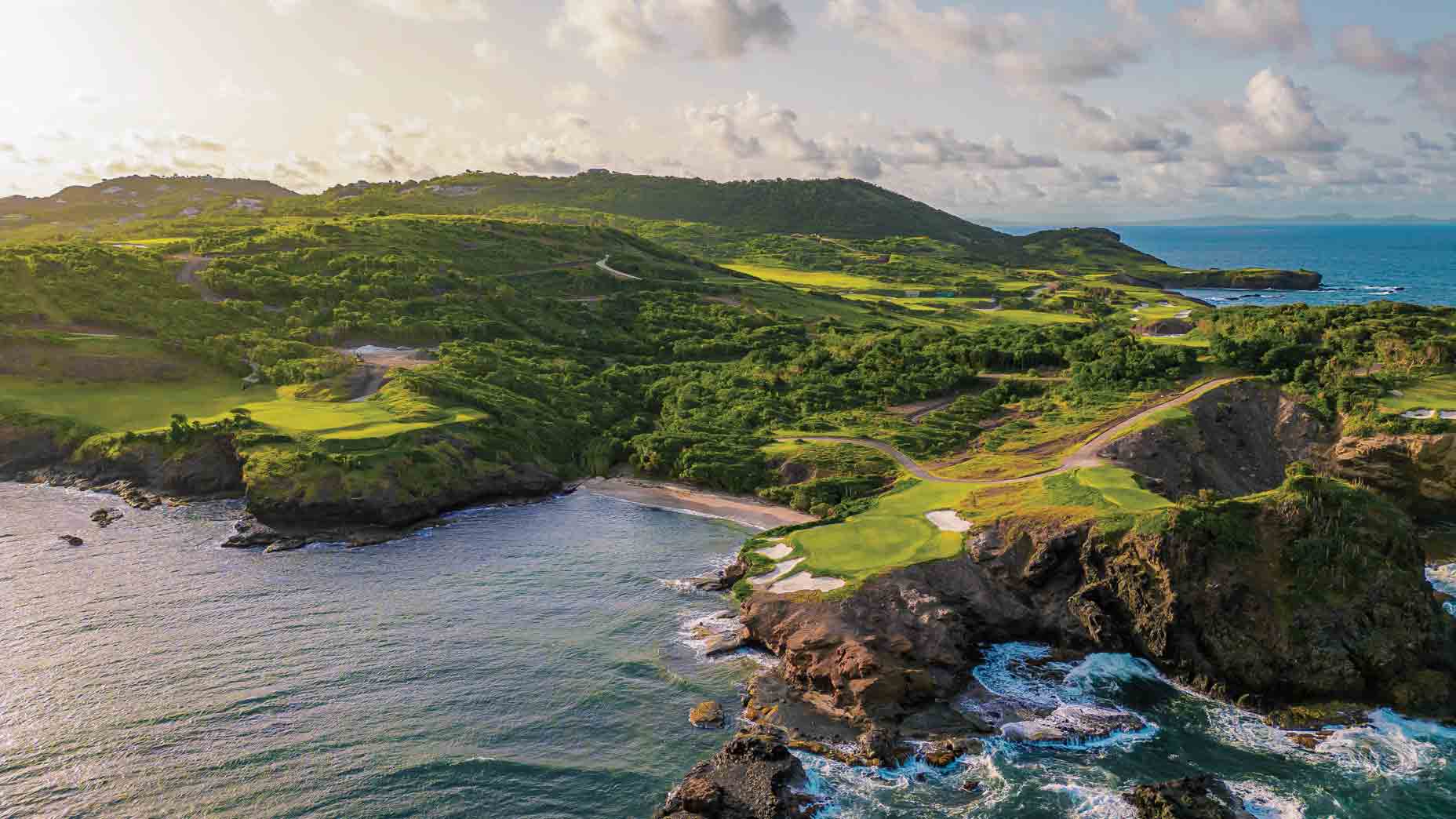
76. Point Hardy Golf Club (2023)
Cap Estate, St. Lucia
Set along the craggy northern end of St. Lucia, Point Hardy’s dramatic location almost needs to be seen to be believed. The last four greens on the front side are on the cliffs, as are the final five greens on the second nine. The course’s most dazzling moments are within these nine holes, including the diagonal, tee-ball carries over the ocean at holes 8 and 15, and the testing nature of several par-3s, like the 7th with its long but narrow green on a point, and the 17th that plays over the churning Atlantic 80 feet below to a clifftop green. The interior holes climb some 200 feet above sea level. Indeed, from the 4th tee, you see the Caribbean straight ahead while the Atlantic is behind you. Also among the interior holes, Coore & Crenshaw created several stout two-shotters that call for inventive ground-game approaches, which perfectly balance the aerial demands of the cliff holes. Add in the lumpy fairways and coastal breezes, and this design poses a host of intriguing questions, all bundled up in an exotic island setting.
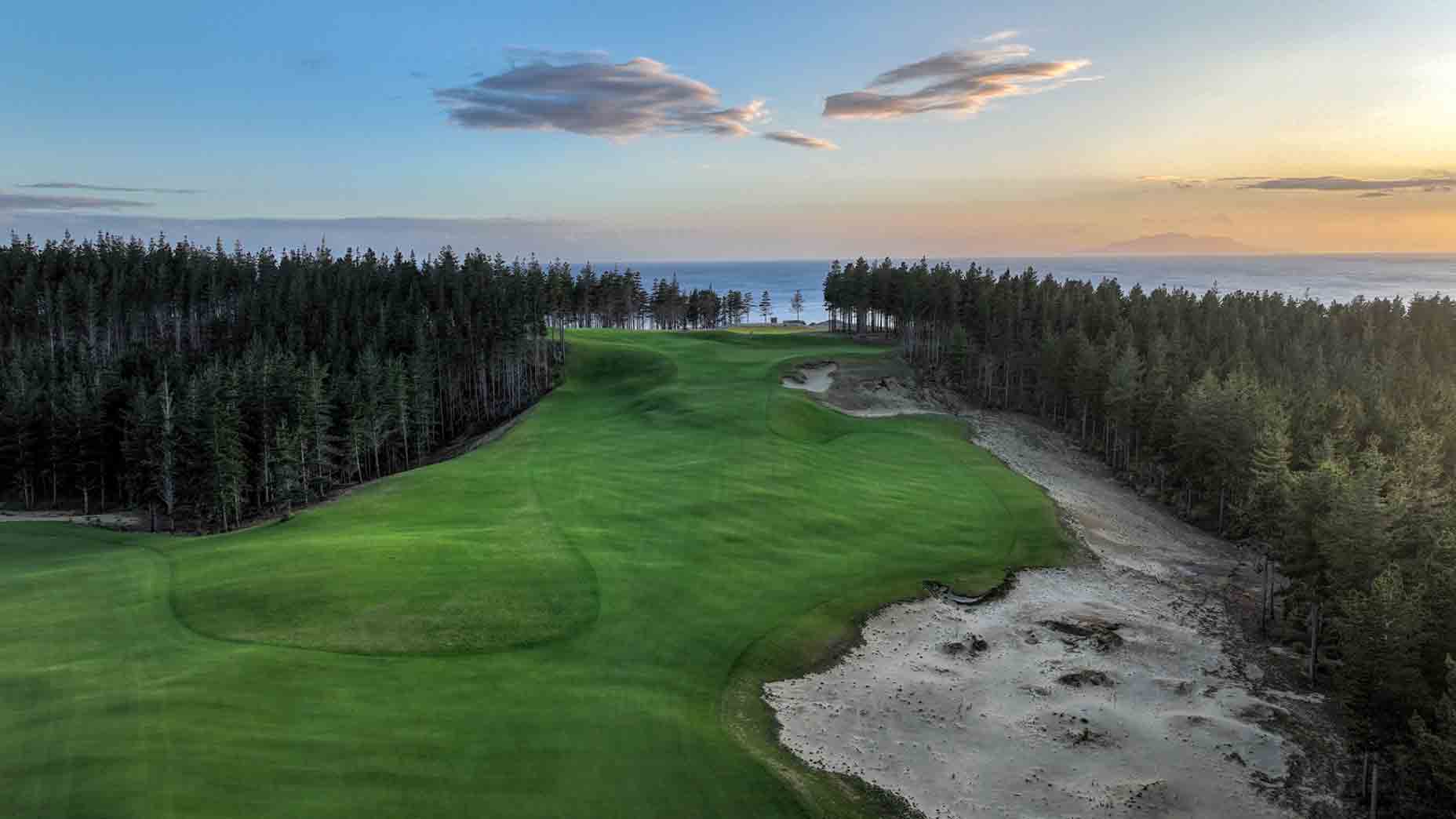
85. Te Arai (South) (2022)
Tomarata, New Zealand
Panelist Michael Goldstein writes, “Te Arai South, designed by Bill Coore, is soon to form half of the Te Arai resort, alongside the Tom Doak-designed Te Arai North opening in late 2023. Collectively with their cousin just along the coast (Tara Iti), this section of coastline north of Auckland is soon to be a challenger for the king of the world’s dream golf destinations. Playing Te Arai South is a beautiful experience where the linksland rises perfectly from the beach, mesmerizing the golfer with white sand below, the Pacific Ocean beyond and the islands in the distance. While the early holes dance in and out of the woods, from the 5th hole onward, Te Arai South unfolds into a mind-bendingly fun stretch of coastal golf featuring thrilling short holes, an array of fun short fours and some bold, diverse, restrained and zany greens punctuated by the Sitwell inspired 16th. No commentary on the South course at Te Arai is complete without a nod to the wee 17th, which, no matter how hard the wind is blowing, is one of the greatest 100-yard holes in world golf.”
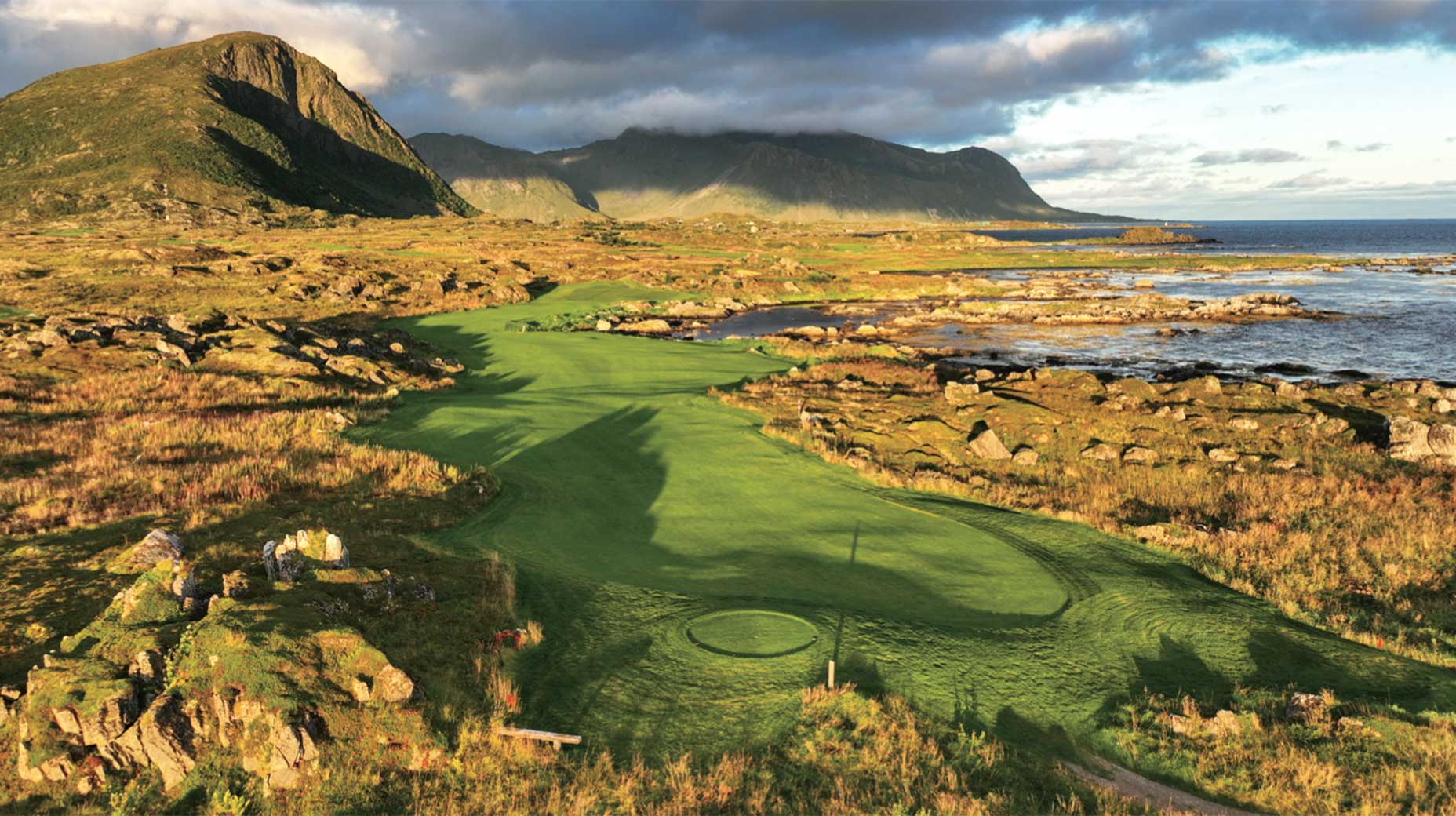
88. Lofoten (2015)
Gimsoysand, Norway
Beauty is in the eye of the beholder, except when it comes to Lofoten, where superlatives never cease. If you like playing along the shoreline, the first three holes are as rousing a start as can be found in the game. The par-3 2nd, which plays to a green on a rock formation that juts into the Norwegian Sea, is the most photographed hole. But the par-4s that bookend it offer fantastic risk-reward tee shots over the sea and are just as noteworthy. If mountains are more your thing, Lofoten has you covered there with holes, including the dogleg-right, uphill, par-5 5th and the par-4 14th playing toward Hove Mountain. Heather? Yep, Lofoten even has that. Who knew that golf inside the Arctic Circle could be so intoxicating? Owner Frode Hov and British architect Jeremy Turner deserve huge credit for how they slowly evolved what started as a six-holer in 1998 into a World Top 100 course.
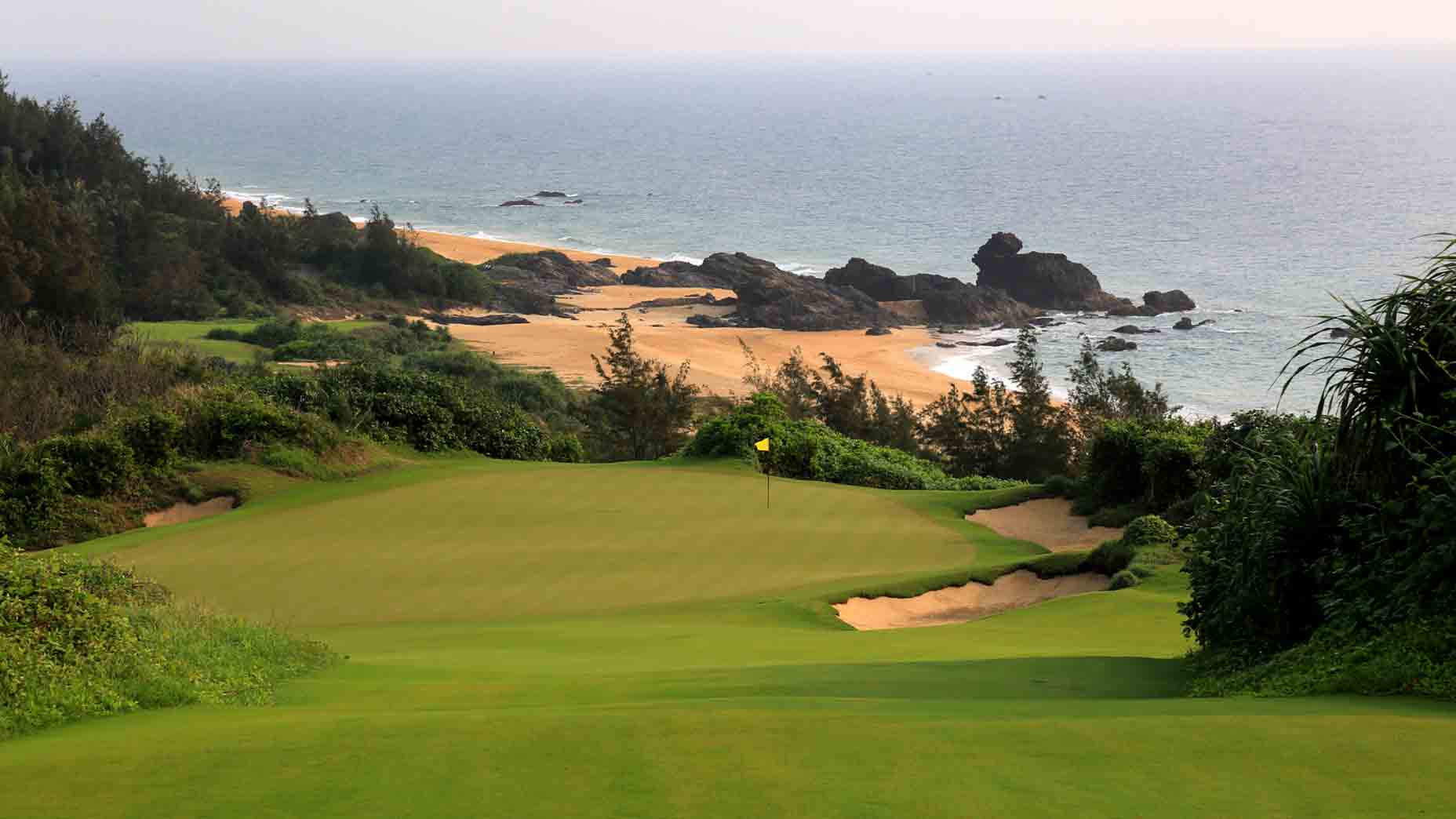
95. Shanqin Bay (2012)
Hainan, China
“A tropical island in the South China Sea may be an unlikely location for world-class golf,” panelist Joe Andriole writes, “but Hainan Island features a plethora of dramatic landforms: steep stretches of rolling farmland, a broad canyon, majestic sand dunes and dense vegetation. Shanqin Bay’s routing, bordered by the sea on three sides, embraces all of these geomorphic features, creating a thrilling 18-hole ride. The tumultuous journey takes golfers high on a cliffside and hill, where stunning ocean views prevail, before dipping and turning into valleys and ravines bordered by unyielding native vines and grasses. There’s a pleasant mix of long and short holes that hug the land and are simultaneously natural and strategic. Fairway bunkering is relatively sparse as befits the terrain. Greens are strewn on the property over both high and low land, creating a wonderful, motley array of approach shots. The interior holes may lack the visual drama of those on cliff and beach, but do not cede any shot value or playing interest. At Shanqin Bay, Coore and Crenshaw turned hostile geography into an exalted playground for golf.”

96. Victoria (1927)
Cheltenham, Australia
“Around the globe, courses built before 1940 are undergoing thoughtful restorations,” panelist Pete Phipps writes, “and Victoria Golf Club is a sterling example, with Mike Clayton meticulously overseeing much of the work over a 20-year period. Today, Victoria enjoys the style of golf that Alister MacKenzie introduced to Australia during his legendary 1926 trip, which included his work across the road, at Royal Melbourne. The bunkers and waste areas reflect a Golden Age aesthetic — green undulations and surrounds are both fun and challenging, and the overall conditions are as firm and fast as any in the Sandbelt. Also, the club’s leadership and agronomy team deserve credit for fostering only indigenous vegetation on the property while removing all other forms that had crept in over the decades. The short par-4s at the 1st and 15th stand out even in a neighborhood full of such risk-reward holes. The club embodies the best attributes of Australian golf, and the short green-to-tee walks make it a walker’s paradise. Bunking in one of the rooms in the clubhouse completes the experience.”

97. Machrihanish (Championship) (1879)
Campbeltown, Scotland
On the Mull of Kintyre, the course makes the most of its romantic setting, starting with the opening tee shot set on a diagonal across the beach. One panelist considers the 3rd as an ideal links hole, writing: “The tee ball is blind over a heaving dune, which creates a sense of adventure as you aim your ball into the unknown. Then, as you crest the hill, a view of the Irish Sea emerges in the distance, with the beautifully situated green in the foreground, sunken in its own natural amphitheater.” The rumpled fairways never let up and serve up the awkward stances that complicate playing in the wind. But the real star is the set of greens. The surfaces from 12 through 16 are all brilliant and highlight that the best links holes aren’t necessarily confined to those closest to the sea. It’s always a delight to find a course that poses so many questions, all while measuring under 6,500 yards.

100. Royal Cinque Ports
Deal, England
A former Open venue often referred to as Deal, Cinque Ports is on the English Channel, a few miles south of Royal St. George’s. But the properties couldn’t be more different. St. George’s is the bigger, more sprawling of the courses, while Cinque Ports was built on a thinner ribbon of land. While it doesn’t have the vastness of St. George’s, Cinque Ports has micro-contours galore that will delight links golf aficionados. The humpy-bumpy fairways are rivaled by the superlative collection of greens, from the punchbowl 3rd, to the 12th set between two ridges, to the plateau designs at 6 and 16. Bernard Darwin famously deemed the dip before the 16th green to be “the valley of inglorious security.” To his point, you might initially be happy to see your ball at the base of the green in two, but trying to stick the elevated green from a tight lie is no small task.






